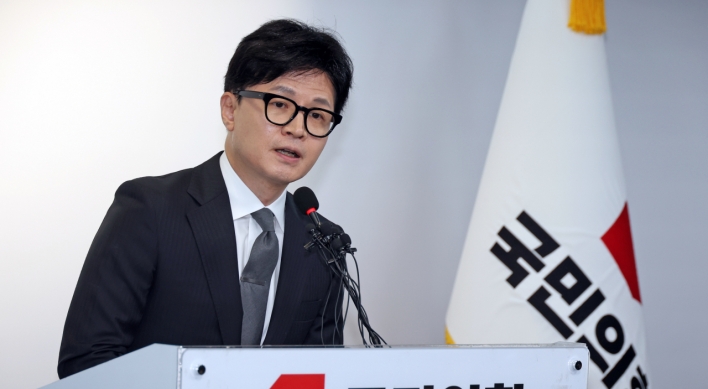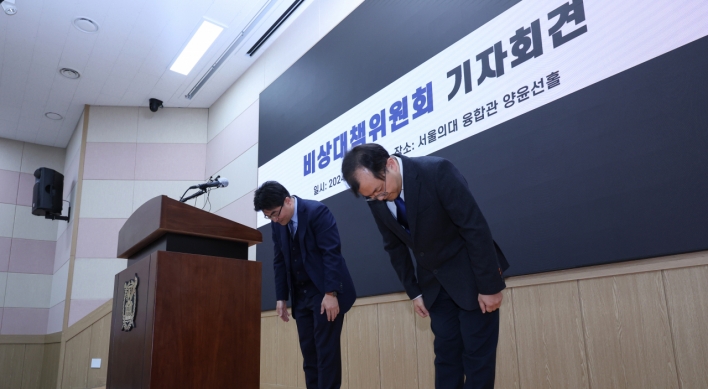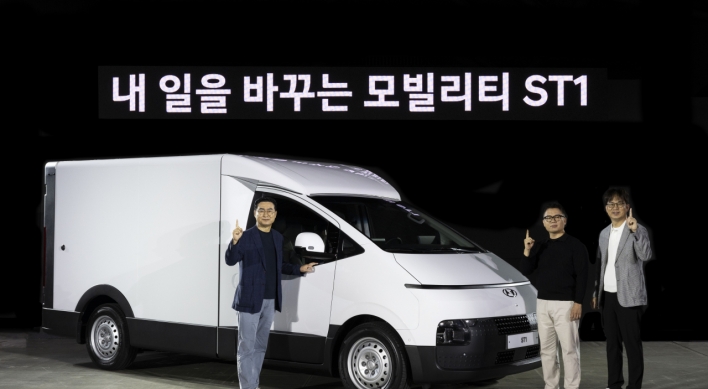Reliving royalty in pictures
More than 200 photographs of royal families on loan from 20 institutions in Korea and the U.S.
By Lee Woo-youngPublished : Nov. 18, 2012 - 20:10

King Gojong of the Korean Empire enjoyed having his picture taken. He gladly allowed Percival Lowell, who visited Korea as a foreign secretary and counselor for a special Korean diplomatic mission to the U.S. in 1883, to take his photo for the first time. He later included the photo in his travel story book “Joseon: The Land of the Morning Calm.”
Gojong was frequently photographed by Western visitors to his country, who published the pictures in foreign publications. Experts later saw it as Gojong’s strategy to have his country known to the world when its sovereignty was at risk from Japan.
The first photo of King Gojong taken by Lowell, along with 200 photographs of royal families, is on view at the Deoksugung Museum of the National Museum of Contemporary Art, Korea.
Gojong was frequently photographed by Western visitors to his country, who published the pictures in foreign publications. Experts later saw it as Gojong’s strategy to have his country known to the world when its sovereignty was at risk from Japan.
The first photo of King Gojong taken by Lowell, along with 200 photographs of royal families, is on view at the Deoksugung Museum of the National Museum of Contemporary Art, Korea.

A large collection of royal photographs is on loan from about 20 institutions including Smithsonian Institute and Museum of Fine Arts, Boston; National Palace Museum of Korea and university museums in Seoul.
The photographs are all original prints that also show the early stage of photography that shifted the paradigm of visual culture.
The exhibition, co-organized by the NMOCA and the Museum of Photography, Seoul, covers the time from the beginning of the Korean Empire in 1880, to its decline and loss of sovereignty in 1905 to Japan.
Portraits of Korea’s last royal family help viewers understand the life they had at the palace and the unfortunate destiny they faced during the turbulent years.
The exhibition also examines controversies surrounding original photos of Empress Myeongseong, who was assassinated by the Japanese.
There have been photographs claiming to be original portraits of the empress, but none have been confirmed a such.
“It is possible that Empress Myeongseong didn’t take pictures at all because she faced death threats by the Japanese when she attempted to counter their influence by building ties between Korea and Russia,” said Choi Bong-lim, research director of the Museum of Photography, who rented a picture of an old building where the body of the empress was laid after the assassination.
Two rare photos of King Gojong and King Sunjong, Gojong’s son, on loan from Smithsonian Museum are presented to Koreans for the first time. The two separate photos put in a cherry blossom-decorated paper mount feature King Gojong and Sunjong in their official costumes. They were originally owned by Elise Roosevelt, the daughter of the U.S. president Roosevelt, who received them from King Gojong as a gift during her visit to Korea in 1905.
The photos were later obtained by David Hogge, the curator and head of the Smithsonian’s Museum of Asian Art, who found them at Roosevelt’s home.
A personal collection of Hogge is also on exhibit -― an Italian newspaper with a cover illustration depicting the enthronement of King Sunjong.
“I bought it for $20 at ArtCurial, an online auction site,” said Hogge. “It was probably based on someone’s description of the ceremony,” he said.
The exhibition “Photographs of the Daehan Imperial Family” runs until Jan. 13, 2013, at Deoksugung Museum of the National Museum of Contemporary Art, Korea. Admission is 4,000 won for adults and free for teenagers and children. For more information, visit www.moca.go.kr.
By Lee Woo-young (wylee@heraldcorp.com)


![[Exclusive] Korean military set to ban iPhones over 'security' concerns](http://res.heraldm.com/phpwas/restmb_idxmake.php?idx=644&simg=/content/image/2024/04/23/20240423050599_0.jpg&u=20240423183955)

![[Graphic News] 77% of young Koreans still financially dependent](http://res.heraldm.com/phpwas/restmb_idxmake.php?idx=644&simg=/content/image/2024/04/22/20240422050762_0.gif&u=)




![[Pressure points] Leggings in public: Fashion statement or social faux pas?](http://res.heraldm.com/phpwas/restmb_idxmake.php?idx=644&simg=/content/image/2024/04/23/20240423050669_0.jpg&u=)








